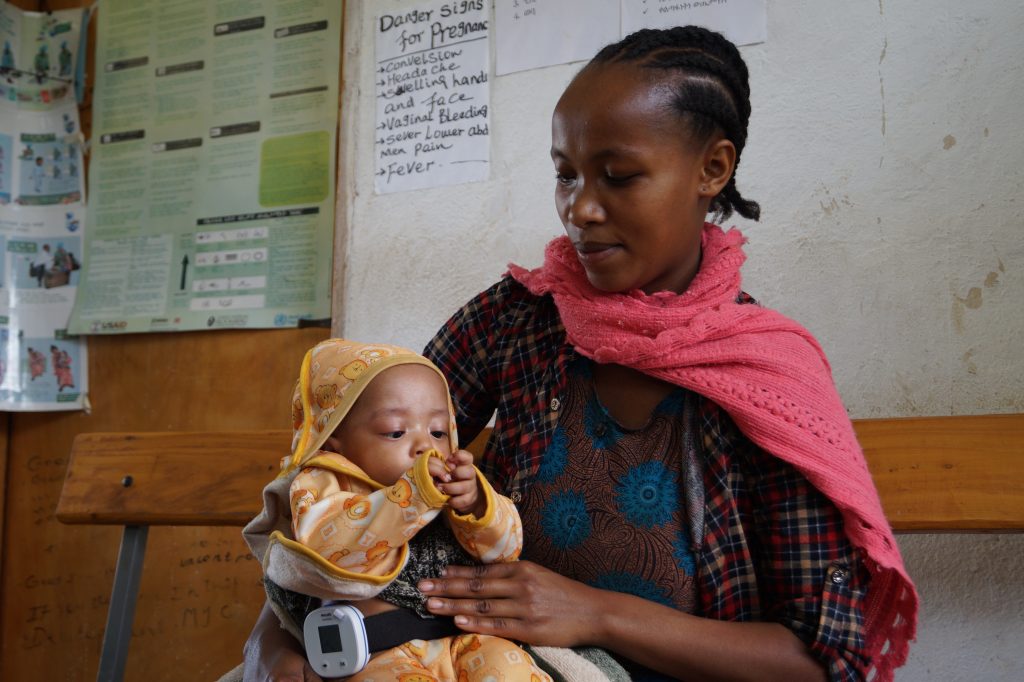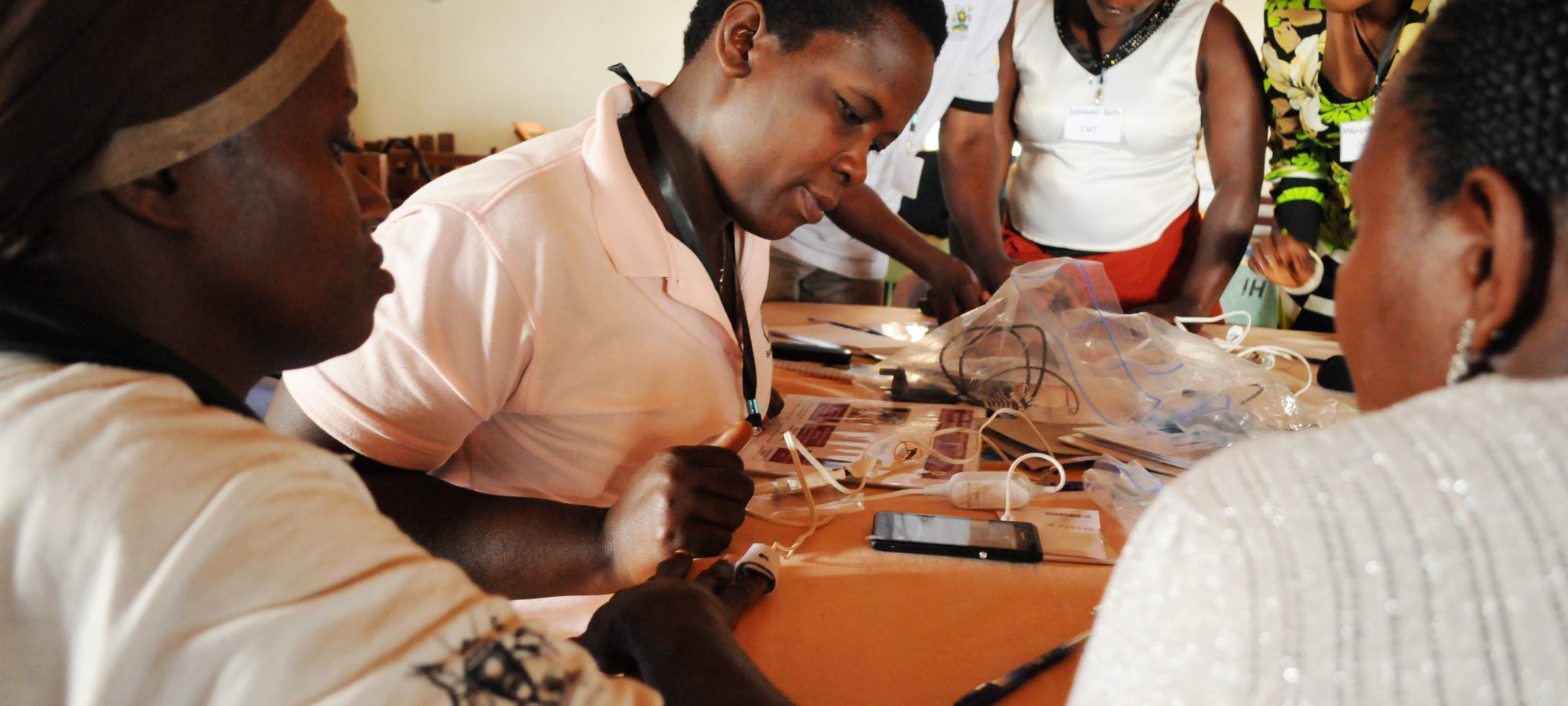In the third and final instalment of our ASTMH blog series, we explore the need to prioritise innovation in public health programming to optimise the impact of interventions and help ensure more positive outcomes for the communities we work with.
Huge progress has been made in reducing the burden of preventable diseases like malaria on communities and health systems, but our work is far from over. New challenges continue to arise, such as antimalarial drug resistance, the impact of climatic changes on disease and the effect of conflict in forcing populations to move away from areas with established health systems. These challenges require us to continually re-evaluate the impact of solutions, alongside new tools and innovations and in addition to what we know works.
At Malaria Consortium, we work alongside governments and other partners on complex issues – improving and adapting our approach, responding to what the data tells us. We believe that learning and innovation are key to understanding and reducing the burden of disease. In the last four days, we’ve delivered a series of presentations at this year’s American Society of Tropical Medicine & Hygiene’s Annual Meeting (ASTMH) – a four-day, international conference, culminating today. It has been a privilege to share some of the lessons that have emerged from implementation, from how our research is helping us to measure the impact we are able to have on the lives of those affected by preventable diseases like malaria, to extending innovative chemoprevention approaches from infants to children aged 5-10 years in Chad.
We are at the forefront of exploring the potential of seasonal malaria chemoprevention (SMC) to prevent malaria in children under five years. Having established its success and cost-effectiveness as an intervention, we sought to extend its reach and achieve rapid scale up. In the early years after SMC had received recommendation from the World Health Organization, it was hard to envisage reaching seven million children under the age of five in two years. We did. There are now over 40 million children being reached with SMC by governments and other partners globally, with more than 24 million by Malaria Consortium directly.
At ASTMH yesterday morning, we chaired a symposium to share learnings from our work to push the potential of SMC even further – into countries outside of the Sahel where it had previously been assumed it would not be feasible, acceptable or efficacious, such as Uganda and Mozambique. We are demonstrating that SMC is all three – with learnings from a study which assessed the protective effect of SMC in the context of high parasite resistance in Uganda – and that SMC is having a significant impact on reducing the number of children falling ill with malaria.
Innovation comes in many different forms; it is not always about the next new medicine. Finding ways to maximise the long-term success of an established intervention, so that it is accepted and adopted by the community for which it seeks to benefit, is also an important space in which innovation should be sought. We were excited to share insights around our work in Cambodia, where we have been successfully implementing Plasmodium vivax radical cure through community health workers, and our social behaviour change work with communities to ensure that our interventions are most appropriate to the context and accepted and sustainable in the long-term.
We also presented results from our evaluation of the implementation of SMC during lockdown at the peak of the COVID-19 pandemic in Uganda, which highlighted the successful adaptation of the intervention with high acceptability among communities (comparable to programmes in the Sahel) and the importance of existing health structures in ensuring sustainability.

During our final day at ASTMH, we shared our research findings from Chad and Ethiopia. This research aimed to address the gaps in prevention, diagnosis and treatment of childhood illnesses, with a special focus on pneumonia. The evidence generated will support the improvement of pneumonia case management through the development of the Pneumonia Control Strategy (PCS) in Chad and the Integrated Management of Neonatal and Childhood Illness (IMNCI) action plan in Ethiopia. We are excited that the Lives Saves Tool (LiST) will soon be launched in both countries to estimate the impact of interventions on the major causes of neonatal, under-five and maternal mortality and nutrition outcomes, and that the pneumococcal conjugate vaccine (PCV) will be introduced by community health workers and first-level health facility workers in Chad.
We leave the conference feeling hopeful. Part of our work is to share learning and show what is possible. Health systems are not improved by thinking small and working in isolation. We urge the global community to think big, collaborate and be ambitious. We believe passionately that these diseases can be beaten, resilient health systems are possible and universal health coverage (UHC) is achievable.
To find out more about our presence at ASTMH, visit our bespoke ASTMH pages on our website
For further updates on our work, sign up to our newsletter
